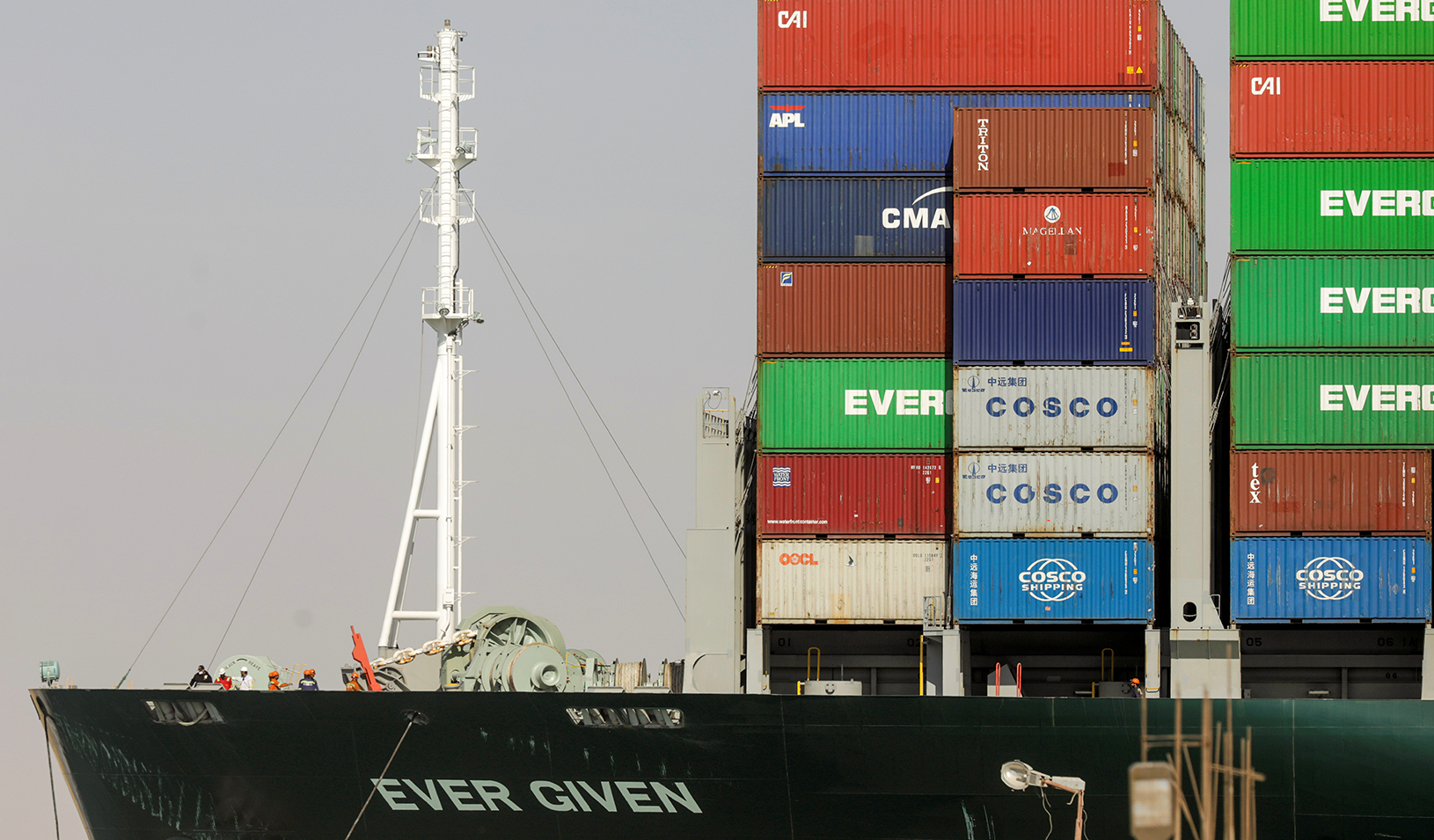A mere 4 grams of botulinum toxin dropped into a milk production facility could cause serious illness and even death for 400,000 people in the United States. Investments that would cost the public only 1 cent more per half-gallon of milk could prevent this nightmare scenario, according to Lawrence M. Wein of Stanford GSB.
Wein, the Paul E. Holden Professor of Management Science, has been conducting a series of studies on the effects of various potential terrorist activities in United States. Not only milk, but soft drinks, fruit and vegetable juices, processed tomato products, and even grains — anything that goes through large-scale storage and production and rapid distribution — could be at risk for such an attack, with catastrophic consequences for the American public, Wein says in his most recent study, conducted with Yifan Liu, a PhD candidate at the Institute for Computational and Mathematical Engineering at Stanford University.
In the case of milk, says Wein, all it would take is for someone to obtain a suitable strain of botulinum toxin — the most poisonous substance known to humans — from an overseas black market lab, grow it in culture, and pour it into an unlocked milk tank or milk truck. From there, the contaminated milk would make its way into large processing silos, where it would poison at least 100,000 additional gallons. Only a fraction of the toxin would remain active after pasteurization, but according to Wein’s mathematical model, that could be enough to infect the approximately 400,000 people who would drink the milk. “Only 1 millionth of a gram is enough to poison an adult,” says Wein, “and there would be more than that per person remaining in the distributed milk to do the job.”
Wein and Liu’s paper was published in the July 12 issue of the Proceedings of the National Academy of Sciences (PNAS) accompanied by an unusual editorial addressing some of the debate on scientific research vs. national security that has arisen since pre publication copies were circulated to a limited list of academics.
Based on their mathematical models of current distribution of milk, Wein and Liu estimate that within 48 hours of ingesting contaminated milk, consumers would begin to display symptoms. If authorities were able to notify the public within the subsequent 24 hours to stop drinking milk (an ambitious time period), the contamination could be reduced. However, of those eventually exposed, “about half would die,” says Wein. The death toll would be high (as much as 50,000 he estimated), due to the current insufficient supply of ventilators and antitoxins in the U.S. medical system.
However, an ounce of prevention is worth a pound of poison, says Wein, who last September presented his findings on the case of bioterrorism and milk to the Assistant Secretary of Public Health Preparedness and several members of the Department of Homeland Security.
Wein calls for the FDA to make current volunteer safety guidelines mandatory, such as requiring that milk tanks and trucks be locked and that two people be present when milk is transferred from one stage of the supply chain to the next.
Before releasing milk into silos, milk-tank truck drivers should be required to employ a new 15-minute test that can detect the four types of toxins associated with human botulism. Drivers currently are required to wait for an antibiotic residue test and the toxin test could be conveniently accomplished at the same time. “A single set of tests can be performed on each 5,500 gallon truck at a cost to milk producers that would raise consumer prices only several cents a gallon,” says Wein. “We the public need to ask ourselves whether the elimination of this catastrophic threat is worth a one cent increase in the cost of a half-gallon of milk.”
Changes made in voluntary pasteurization processes since the 9/11 terror attacks may mean that Wein and Liu’s original calculations of the human toll should be lowered, said Wein. The PNAS editorial, signed by Bruce Alberts, president of the National Academy of Sciences (NAS), agreed but argued that the issues raised by the paper are still of value to both academics and security agencies. “There is everything to be gained by alerting the public and state governments to the dangers so they can help the federal government in its ongoing, highly laudatory attempts to reach 100 percent compliance” with pasteurization processes that will protect the milk supply.
The National Academy of Sciences has recommended that the paper become a case study for its newly-formed National Science Advisory Board, created in 2004 “to provide case-specific advice on oversight of research and the communication and dissemination of life sciences information that is relevant for national security and biodefense purposes.” The committee is scheduled to hold its first meeting June 30.
Alberts’ editorial said the scenario of contamination described in the paper did not create new information that would not already be known to anyone interested in collecting lethal does of the toxin. “All the critical information in this article that could be useful to a terrorist — in particular the (lethal dose level) of botulinum toxin for humans, toxin heat sensitivity, the size of milk containers into which collections are pooled for pasteurization — are immediately accessible on the Web through a simple Google search,” said the editorial.
For media inquiries, visit the Newsroom.






